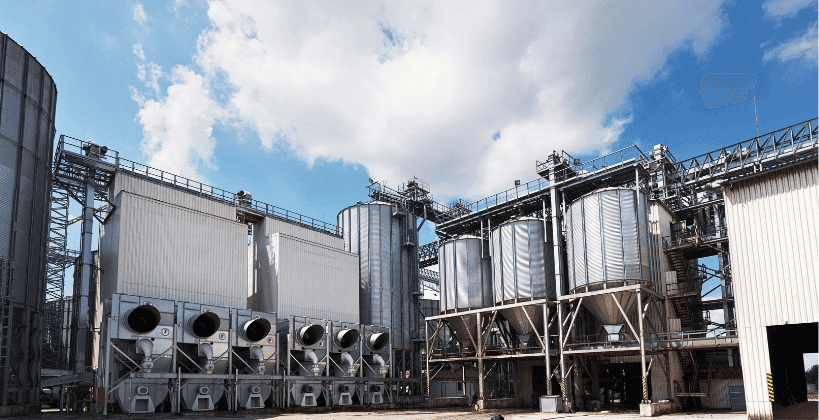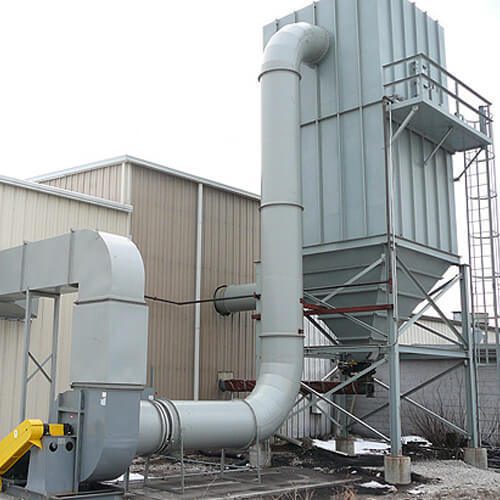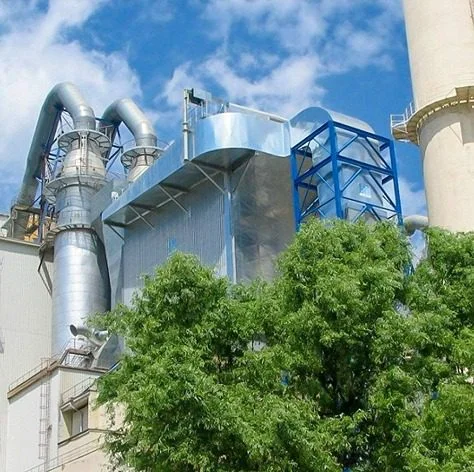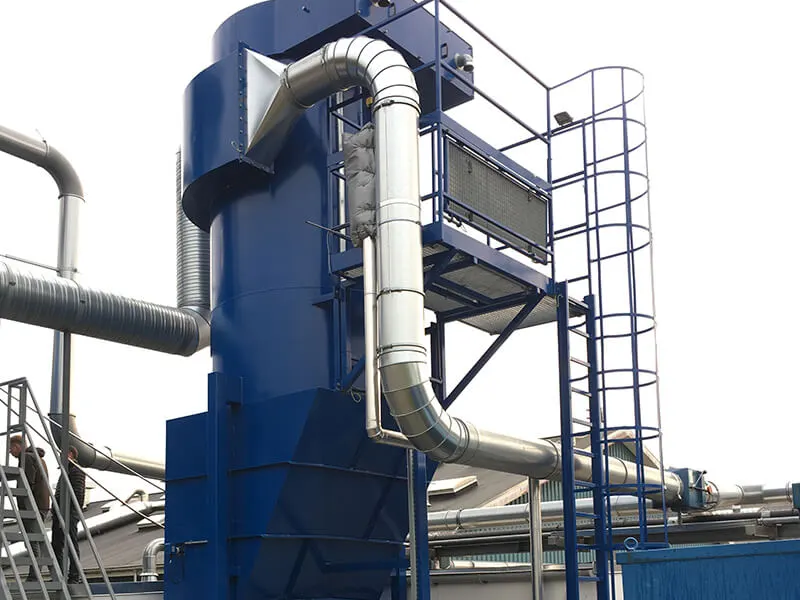In today’s industrial landscape, maintaining clean air is not just a regulatory requirement but also a crucial aspect of operational efficiency, worker safety, and environmental responsibility. The presence of airborne dust and particulate matter in various industries can lead to equipment degradation, health hazards, and non-compliance with stringent air quality standards.
Fabric dust filters, also known as baghouse filters, have emerged as one of the most reliable and efficient solutions for capturing airborne contaminants, preventing pollution, and ensuring sustainable industrial operations. As industries continue to evolve, the demand for highly efficient, durable, and cost-effective filtration systems is at an all-time high.
På Intensiv-Filter Himenviro, we specialize in delivering high-performance fabric dust filtration systems that cater to the dynamic needs of modern industries. With advanced filtration technologies and innovative designs, we help businesses achieve optimal air quality, regulatory compliance, and energy efficiency.
Understanding Fabric Dust Filters
Fabric dust filters are a type of industrial filtration system that utilizes fabric-based media to separate dust particles from an airstream. These filters effectively trap fine particulate matter, allowing only purified air to be released back into the environment. Due to their high filtration efficiency and adaptability to different industries, fabric dust filters are widely used in:
Cement and Construction – To control airborne dust during production and processing.
Metal and Steel Production – To capture metal dust and fumes generated during smelting and refining.
Pharmaceutical Industry – To prevent contamination and maintain sterility in production environments.
Food Processing – To filter out fine food particles, ensuring product purity and hygiene.
Power Generation Plants – To manage emissions from coal-fired boilers and other industrial processes.
Fabric filters are available in different configurations, including pulse-jet filters, reverse air filters, and shaker systems, each offering unique advantages depending on the industry and specific dust collection requirements.
How Fabric Dust Filters Work
The working principle of fabric dust filters is based on the filtration of air through specialized fabric media, which captures dust particles while allowing clean air to pass through. The process involves the following steps:
- Contaminated Air Inlet: The industrial air laden with dust and particulates enters the filter housing.
- Filtration Process: As the air flows through fabric filter bags, dust particles adhere to the surface of the fabric media.
- Clean Air Outlet: The purified air exits through the outlet and is either released into the environment or recirculated within the facility.
- Dust Collection and Removal: Over time, dust accumulates on the fabric, necessitating cleaning. Depending on the type of fabric dust filter, the cleaning process may involve:
– Pulse-Jet Cleaning: High-pressure bursts of compressed air dislodge accumulated dust.
– Reverse Airflow Cleaning: Reverse air pressure shakes off the dust from the fabric surface.
– Mechanical Shaking: A mechanical device physically shakes the filter bags to remove dust. - Dust Disposal: The collected dust is gathered in a hopper or storage container for safe disposal or recycling.
This efficient, multi-step process ensures continuous dust removal while maintaining airflow efficiency and filter longevity.
Upptäck vårt utbud av lösningar:
Advantages of Fabric Dust Filters
Fabric dust filters provide several key benefits that make them an essential component of industrial air quality management:
- Superior Filtration Efficiency – Capable of capturing fine particulates as small as 0.3 microns, fabric dust filters achieve filtration efficiencies up to 99.9%, making them highly effective in air pollution control.
- Versatility Across Industries – Whether dealing with cement dust, metal shavings, pharmaceutical powders, or food particles, fabric filters can be customized to suit various industrial applications.
- Energy-Efficient Operation – Modern fabric filters are designed to minimize pressure drop, reducing the energy required for airflow and maintaining optimal efficiency.
- Extended Service Life – High-quality filter media and durable construction materials ensure long-lasting performance, reducing maintenance frequency and replacement costs.
- Compliance with Environmental Standards – Meeting regulatory requirements is crucial for industries. Fabric dust filters help businesses stay compliant with global air quality standards, including:
-The European Industrial Emissions Directive (IED)
-The United States Clean Air Act
-The National Ambient Air Quality Standards (NAAQS)
-Local and international occupational safety regulations
By incorporating fabric dust filtration technology, industries can significantly reduce their environmental impact while optimizing operational performance.
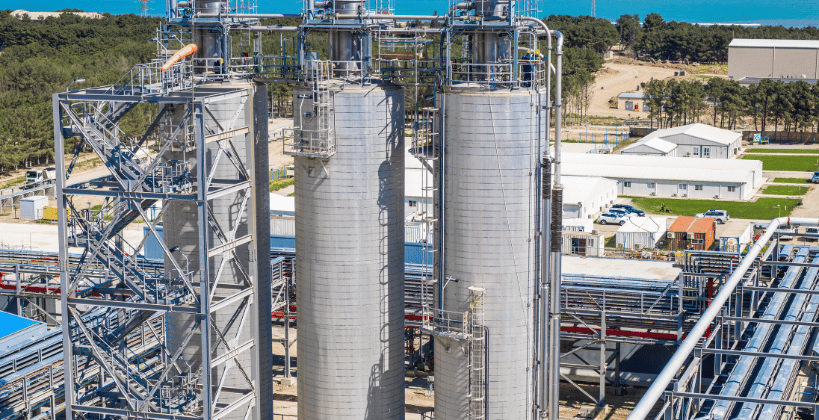
Innovations in Fabric Dust Filtration
At Intensiv-Filter Himenviro, we continually push the boundaries of air filtration technology to provide state-of-the-art dust collection solutions. Some of the key innovations driving the next generation of fabric dust filters include:
- Advanced Filter Media Technology – Our specialized filter fabrics feature coatings that enhance dust capture efficiency, improve resistance to moisture and chemicals, and extend filter lifespan.
- IoT-Enabled Smart Monitoring – By integrating smart sensors and AI-driven monitoring, our filtration systems provide real-time data on air quality, filter efficiency, and predictive maintenance alerts, preventing downtime and optimizing performance.
- Eco-Friendly and Sustainable Designs – Our energy-efficient filter systems contribute to lower emissions, reduced energy consumption, and enhanced recyclability, aligning with sustainability goals and green manufacturing practices.
- Custom-Engineered Solutions – Every industrial setup has unique dust collection requirements. We offer customized filter designs tailored to specific airflow, dust concentration, and space constraints.
These advancements position Intensiv-Filter Himenviro as a leader in cutting-edge industrial filtration technology, helping industries achieve cleaner emissions, improved safety, and long-term sustainability.
Choosing the Right Fabric Dust Filter for Your Industry
Selecting the ideal fabric dust filter for your facility depends on several factors, including:
✔ Type and Size of Dust Particles – Different industries generate different dust compositions. A careful analysis of particle size, moisture content, and abrasiveness is crucial in choosing the right filter media.
✔ Airflow Volume and Filtration Capacity – The size and power of the filter system should match your facility’s air volume and dust concentration levels.
✔ Regulatory Compliance Requirements – Ensuring that your filtration system meets environmental standards is essential to avoid legal penalties and maintain corporate responsibility.
✔ Maintenance and Cost Considerations – A well-designed dust collection system should offer easy maintenance, minimal downtime, and cost-effective operation over its lifespan.
På Intensiv-Filter Himenviro, we provide expert consultation and customized filtration solutions to help industries choose the best fabric dust filter for their unique operational needs.
Conclusion: A Cleaner Future with Intensiv-Filter Himenviro
As industrial processes become more advanced and environmental regulations grow stricter, the importance of efficient dust collection systems continues to rise. Fabric dust filters are a cornerstone of industrial air pollution control, helping businesses reduce emissions, safeguard worker health, and enhance operational efficiency.
At Intensiv-Filter Himenviro, we are committed to delivering high-quality, innovative, and sustainable air filtration solutions that empower industries to meet their air quality goals with confidence.
Take the next step toward a cleaner, greener industrial future! Contact Intensiv-Filter Himenviro today to learn how our fabric dust filtration systems can transform your air quality management strategy.
